Creating a professional website for your small business doesn’t have to break the bank. In fact, with the rise of open-source website builders, you can now build a website without the hefty price tag. If you’re looking for cost-effective solutions that don’t compromise quality, you’re in the right place.
Open-source website builders are changing the way small businesses approach web development. By offering free access to their software and affordable hosted solutions, these platforms allow you to save on licensing fees and redirect your budget to other areas of your business. But with multiple options available, how do you choose the right one?
In this post, we’ll discuss the best options, highlight their features, and help you make an informed decision. Whether you’re a tech-savvy entrepreneur or a complete beginner, these tools offer the flexibility, customization, and community support you need to create a standout website.
Let’s dive in.
Our Top Picks For Open-Source Website Builders
Subscribe To Our Youtube Channel
We reviewed open-source website builders by exploring documentation, engaging with online communities, and testing the tools ourselves. This list combines our hands-on experience with insights from the broader community.
1. WordPress + Divi
🥇Best Open-Source Website Builder Solution
WordPress combined with Divi offers a powerful solution for building stunning websites. WordPress is a highly versatile open-source CMS and website builder, powering 43% of websites worldwide. Because WordPress is open-source, it can be downloaded for free from WordPress.org and self-hosted, providing flexibility for creating any site. With access to thousands of themes and plugins, users can easily tailor their sites to meet specific needs. WordPress excels in content management, SEO optimization, and seamless integration with third-party services. Thanks to its popularity, numerous hosting providers offer affordable plans, making it easy to get your site up and running for just a few dollars a month – or even for free.
Divi, a premium WordPress theme and website builder, takes WordPress to the next level. It enhances the building experience beyond the default block editor, offering a no-code, front-end Visual Builder. The theme also includes a Theme Builder for designing every corner of your site, hundreds of design modules, and thousands of professionally designed layouts. The combination of WordPress + Divi provides unparalleled control over your website, making it a great choice for users of all skill levels.
Want to see for yourself how easy it is to set up a Divi website? In the video below, we’ll show you how you set up a new website in less than 2 minutes.
Divi Empowers You To Build Websites Faster
With Divi Quick Sites, you can generate a complete website in 2 minutes. There are two ways to generate a website with Divi: opting for one of more than 40 starter sites or generating a website with Divi AI. The process is incredibly easy. Provide Divi with information about the site you want to create, add a logo, and sit back while Quick Sites creates a website for you. Every Quick Site has all web pages, content, Theme Builder templates, global style presets, and a menu.
Once your site is built, you can use Divi AI to generate text, images, sections, or additional pages – all with a text prompt.
So, if you are looking for the most trusted CMS in the world, it is hard to compete with WordPress. And, if you are looking for the most powerful website builder for WordPress, Divi will do all the heavy lifting for you so you don’t have to spend countless hours developing your site.
What We Like About WordPress + Divi
- Unmatched Open Source Support: Both WordPress and Divi are open source and widely supported by the WordPress community, making them reliable website builder solutions for years to come.
- Real-Time Visual Editing: The real-time visual editor allows users to see changes instantly as they adjust their site. This WYSIWYG (What You See Is What You Get) feature ensures that users can make precise edits and get a clear preview of their website’s final look.
- Auto-Generates Entire Websites: Divi can generate your entire website in just a few minutes. You can use AI to create a custom site with usable, on-brand content. It also offers premade starter sites to streamline the creation process.
- Powerful AI Tools: Divi AI can generate your website for you and function as an AI assistant with tools to help users generate text, images, and page layouts with AI directly within the Divi Builder.
- Divi Quick Sites: This feature is designed to help users launch a website rapidly by providing a streamlined setup process. It offers customizable starter sites covering various industries and purposes. These templates include pre-designed layouts, color schemes, and content blocks.
- Extensive Pre-Made Layouts and Templates: It includes over 1330 pre-made layouts and templates catering to various industries and design preferences. Users can import these layouts with one click, making building a website with a professional design framework easy.
- Global Elements and Styles: Its global elements and styles feature lets users apply consistent design elements across their websites. This is useful for maintaining a cohesive look and feel without replicating the same changes on multiple pages.
What Can Be Improved
- Domain and Hosting Not Included: To get a WordPress website up and running, you will need a domain and hosting provider. Hostinger is probably the easiest, most affordable option for managing your domain, hosting, and WordPress installation in one place.
🥇Why We Picked It
Divi is a leading choice as it ticks the box in almost everything you need in an open-source website builder. It offers a user-friendly drag-and-drop interface that makes creating complex layouts easy without coding skills. Its real-time visual editor allows users to see changes as they make them. The platform also provides a collection of over 2600 pre-made layouts and templates. Divi’s responsive design controls and global elements also feature to ensure that websites look consistent and professional across all devices.
Who Is Divi Best For?
Divi is best suited for designers, freelancers, and small business owners who prioritize visual appeal and ease of use. Its intuitive drag-and-drop interface and real-time visual editor make it accessible for users who may not have extensive technical skills but still want to create professional-looking websites. Its extensive library of templates and customization options also makes it a great choice for those who want to build visually stunning sites without starting from scratch.
Community Reviews and Ratings
Users on platforms like G2, Capterra, and Trustpilot commend Divi for its open-source flexibility and wide range of customization features.
Pricing
Divi provides a yearly license for $7.42 per month and a lifetime license for $249. WordPress is free to use with affordable hosting providers like SiteGround, Hostinger, or Cloudways.
2. Ghost
🥈Best Open-Source Website Builder for Simplicity
Ghost has established itself as a powerful, open-source website builder that caters to bloggers, creators, and businesses looking for a streamlined, modern platform to publish content. It offers a clean, minimalist interface that allows users to focus solely on writing and publishing. The platform offers a variety of free and premium themes designed to be user-friendly for beginners, allowing them to set up a website fast without needing much customization.
Ghost offers everything you need in one platform. With managed hosting, built-in marketing and SEO tools, a user-friendly interface, and analytics onboard, you can build and grow your business in one place. The beauty of Ghost is in its simplicity. There aren’t many customization options, but there is enough for you to create an effective website without much effort.
What We Like About Ghost
- Analytics: Ghost provides built-in analytics for various actions, including newsletter opens and clicks, outbound link tagging, and more.
- Built-In SEO: You can control various aspects of your Ghost site by adding its metadata, setting up X and Facebook cards, and more.
- Subscription Management: Ghost allows you to enable free and paid site subscriptions with direct integration with Stripe to collect payments.
- Blogging Tools: Create and manage content easily with Ghost’s intuitive post creation tools. These tools allow you to add posts, schedule them, and encourage readers to sign up for more access.
- Fast and Lightweight Framework: Ghost is built upon Node.js with a headless architecture, allowing it to deliver content fast and efficiently.
What Can Be Improved
- Lacks Extensive Third-Party Integration: Ghost offers integrations with several popular tools, such as Mailchimp and BigCommerce, but it lacks the number of integrations available with other open-source website builders, like WordPress.
- Limited Design Options: Although the interface is simple and beginner-friendly, there are limited design options beyond the initial theme you choose.
🥈 Why We Picked It
Ghost is a lightweight website builder that excels in easy content creation, speed, and SEO. Its focus on simplicity, performance, and monetization makes it a top choice for bloggers, writers, and content creators. That said, it’s best suited for people who want an easy way to spread their message and who don’t mind the limited design options Ghost provides.
Who Is Ghost Best For?
Ghost is a good option for bloggers and content creators who want a simple platform for publishing content. However, those looking for more design options should opt for WordPress + Divi instead.
Community Reviews and Ratings
Ghost users praise its ease of use and the speed at which content can be published. However, some users state they wish there were more design options.
Pricing
Ghost offers four paid plans starting at $9 per month.
3. T3Planet
🥉Best Open-Source Website Builder for User Experience
T3Planet is a robust and dynamic platform that redefines how we create and manage websites. It offers a comprehensive suite of tools and features to streamline web development. T3Planet supports seamless integrations and responsive design and offers a powerful content management system (CMS) that ensures flexibility and scalability. Additionally, it provides advanced SEO tools, multilingual support, and robust security features.
T3Planet’s extensive template library allows users to choose from many professionally designed templates tailored to different industries and needs. Templates are available in multiple categories, such as corporate, eCommerce, and portfolio.
What We Like About T3Planet
- Extensive Template Library: T3Planet provides a vast collection of pre-designed templates. It has more than 150 custom TYPO3 elements and 15 pre-built demos.
- Built-In SEO Tools: This platform can become your SEO technical partner, overseeing your projects individually. It also provides content optimization support, such as on-page optimization.
- Efficient Backend Management: An editor-friendly TYPO3 backend allows developers to access and modify the source code. This flexibility enables advanced customization and the integration of third-party plugins and extensions.
- E-commerce Ready: This platform has built-in e-commerce capabilities, allowing users to easily set up online stores. Features such as product catalogs, shopping carts, and payment gateways are included.
What Can Be Improved
- Performance Optimization: While T3Planet offers many features, website performance can be improved. Faster load times and better resource management could enhance user experience, especially for content-heavy sites.
🥉Why We Picked It
T3Planet has a highly intuitive drag-and-drop interface, which simplifies site-building. Its templates are fully responsive. The platform includes a rich library of pre-built elements and modules. Lastly, T3Planet’s integrated SEO features help optimize content for search engines.
Who Is T3Planet Best For?
T3Planet is designed for Joomla users and developers. Built on the T3 Framework, it integrates seamlessly with Joomla, making it perfect for those already using or planning to use this CMS. It offers advanced customization options, which are ideal for developers creating complex websites. Additionally, the wide range of templates available caters to countless industries.
Community Reviews and Ratings
T3Planet stands out for its user-friendly interface and seamless integration capabilities. Users appreciate its intuitive design and the ease of creating and managing content.
Pricing
T3Planet offers a free trial, and its pricing plans start at €79 per month ($82). The hosting options for this website builder include Platform.sh and Brightside.
4. Webstudio
Webstudio is one of the best open-source alternatives to Webflow. It is a comprehensive builder designed to simplify web design without locking users into a specific host. It offers unparalleled flexibility and control, enabling users to create stunning websites without extensive coding knowledge. Its extensive library of pre-designed templates and customizable elements ensures users can quickly create unique, professional-grade websites. Additionally, Webstudio supports a handful of plugins and integrations.
This platform’s real-time collaborative editing capabilities make it preferable. It ensures that users can edit pages and sections on the front end. This streamlines the web development process, reducing the need for back-and-forth communication and ensuring that updates and changes are instantly visible to all team members.
What We Like About Webstudio
- Efficient Style Management: Webstudio simplifies style management by allowing users to attach styles to Tokens, which can be easily added, deleted, or reordered. Additionally, the platform features local styles for on-the-fly design without creating tokens or naming styles. Users can seamlessly convert Local Styles into reusable Tokens.
- Influence of AI: It uses AI technology to transform voice or text input into website components and styles. Users can build their websites by simply speaking or typing their design preferences, and the AI will automatically translate these prompts into functional elements and styles.
- Cloud-Based CMS: With cloud-based CMS, you can manage your website content from anywhere, ensuring real-time updates and changes.
- Advanced Customization: It allows users to define custom breakpoints for precise control over responsive design. Additionally, users can upload custom fonts, including variable fonts, directly into the platform.
What Can Be Improved
- Suitability for Coding Experts: Webstudio is primarily suited for coding professionals, as certain features, such as animations, need coding with GSAP.
Who Is Webstudio Best For?
Webstudio is tailored for designers and creative professionals, focusing on creative freedom and visual aesthetics. It offers a user-friendly interface that allows designers to create visually appealing websites without deep coding knowledge. Extensive design customization options benefit creative professionals looking to showcase their work. Additionally, collaborative tools included in Webstudio support team projects, making it an ideal platform for design teams.
Pricing
Webstudio is free to use, and its pricing plans start at $20 per month. You can also export your Webstudio projects as a static HTML site to be self-hosted on most hosting platforms.
What are the Best Open-Source Website Builders?
Exploring open-source website builders can be a great option if you’re looking to build a website without breaking the bank. These tools offer flexibility and customization, allowing you to create a site that perfectly suits your needs. To help you navigate the numerous choices available, we’ve curated a few comparison tables of the top open-source website builders.
Feature Comparison of the Best Open-Source Website Builders
The best open-source website builders share several key features: they offer extensive customization options, have a user-friendly interface, and provide robust community support. These platforms allow for flexible design and seamless integration with various tools and often come with a wide range of plugins and extensions to enhance functionality.
| 🥇 WordPress + Divi | 🥈 Ghost | 🥉 T3Planet | |
|---|---|---|---|
| Extensive plugin ecosystem | ✔️ | ❌ | ❌ |
| Customizable themes | ✔️ | ✔️ | ✔️ |
| Large community support | ✔️ | ✔️ | ❌ |
| Multilingual support | ✔️ | ✔️ | ✔️ |
| Drag-and-drop page builder | ✔️ | ❌ | ✔️ |
| Starting Price | $7.42/month | $9/month | €79.00 ($82)/month |
| Try WordPress + Divi | Try Ghost | Try T3Planet |
Best Open-Source Website Builders: Price Comparison
Open-source website builders have different pricing models. While they are generally free to use, some may offer optional premium features or paid add-ons. The table below compares our top open-source website builders based on their base cost, optional upgrades, and overall value.
| Open-Source Website Builders | Starting Price | Suggested Hosting Providers | Community Ratings | ||
|---|---|---|---|---|---|
| 🥇 | WordPress + Divi | $7.42 per month | Hostinger, SiteGround, and Cloudways | ⭐⭐⭐⭐(4.5/5) | Visit |
| 🥈 | Ghost | $9 per month | Uses proprietary managed hosting | ⭐⭐⭐⭐(4.5/5) | Visit |
| 🥉 | T3Planet | €79.00 ($82) per month | Platform.sh and Brightside | ⭐⭐⭐⭐⭐(5/5) | Visit |
| 4 | Webstudio | $20 per month | Hostinger and GoDaddy | N/A | Visit |
WordPress + Divi is our top choice for the best open-source website builder. Combined, they are user-friendly and offer a vast array of powerful tools, plugins, and Divi Quick Sites that allow you to create and manage any type of website quickly. If you are a developer or designer looking to build professional-grade sites, T3Planet is a robust platform with advanced customization options. On the other hand, Ghost provides an intuitive solution for those seeking a simple open-source website builder that caters to creators or bloggers.
Want to build your first website? You should be able to select your preference in our list of best website builders.
Frequently Asked Questions (FAQs)
To conclude, let’s address some common questions about the best open-source website builders. Do you have more questions? Leave a comment below, and we’ll provide the information you need!
What is the best open-source website builder for beginners?
Are open-source website builders secure?
Can I use open-source website builders for eCommerce?
Do open-source website builders support SEO?
How do I choose the right open-source website builder?




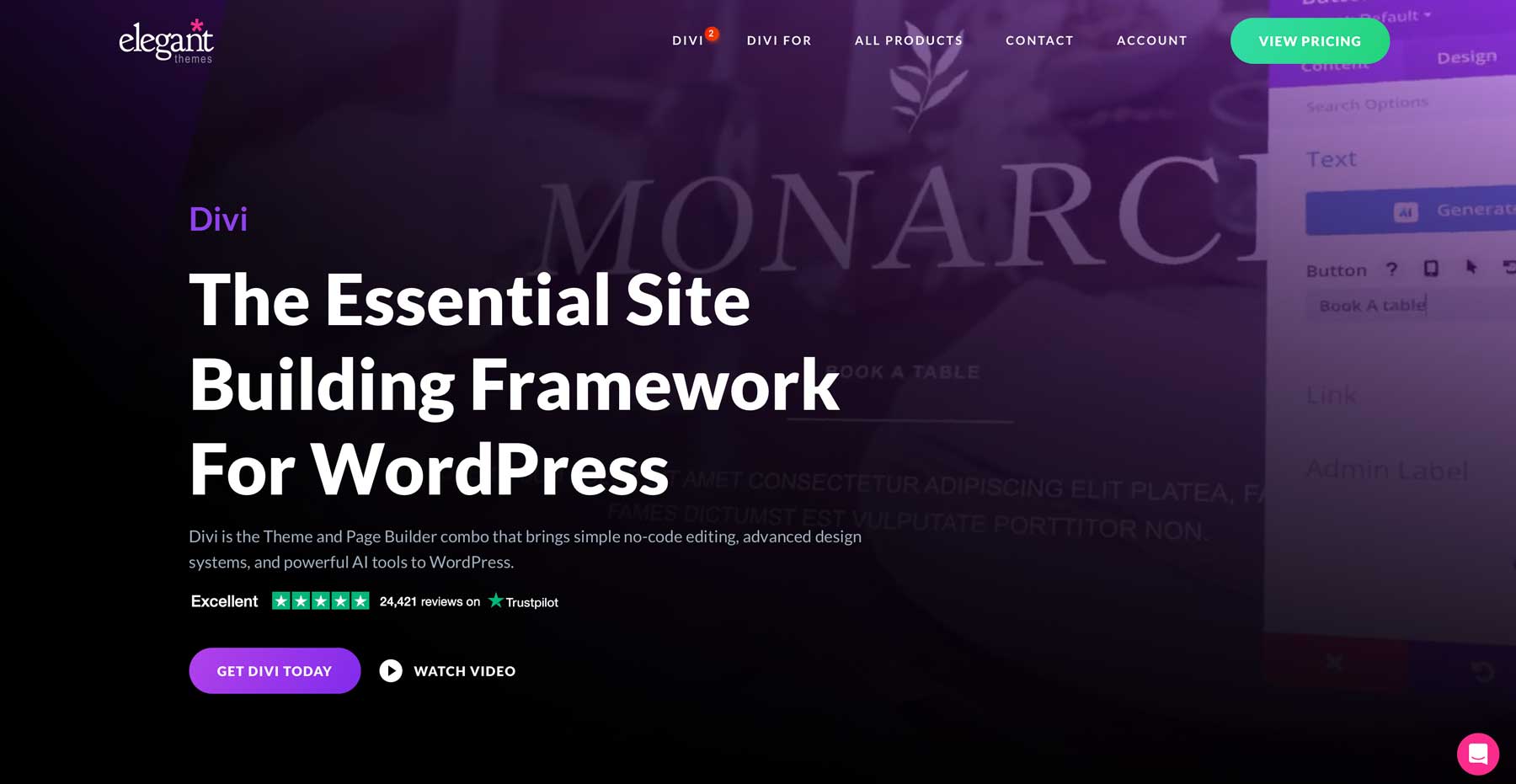






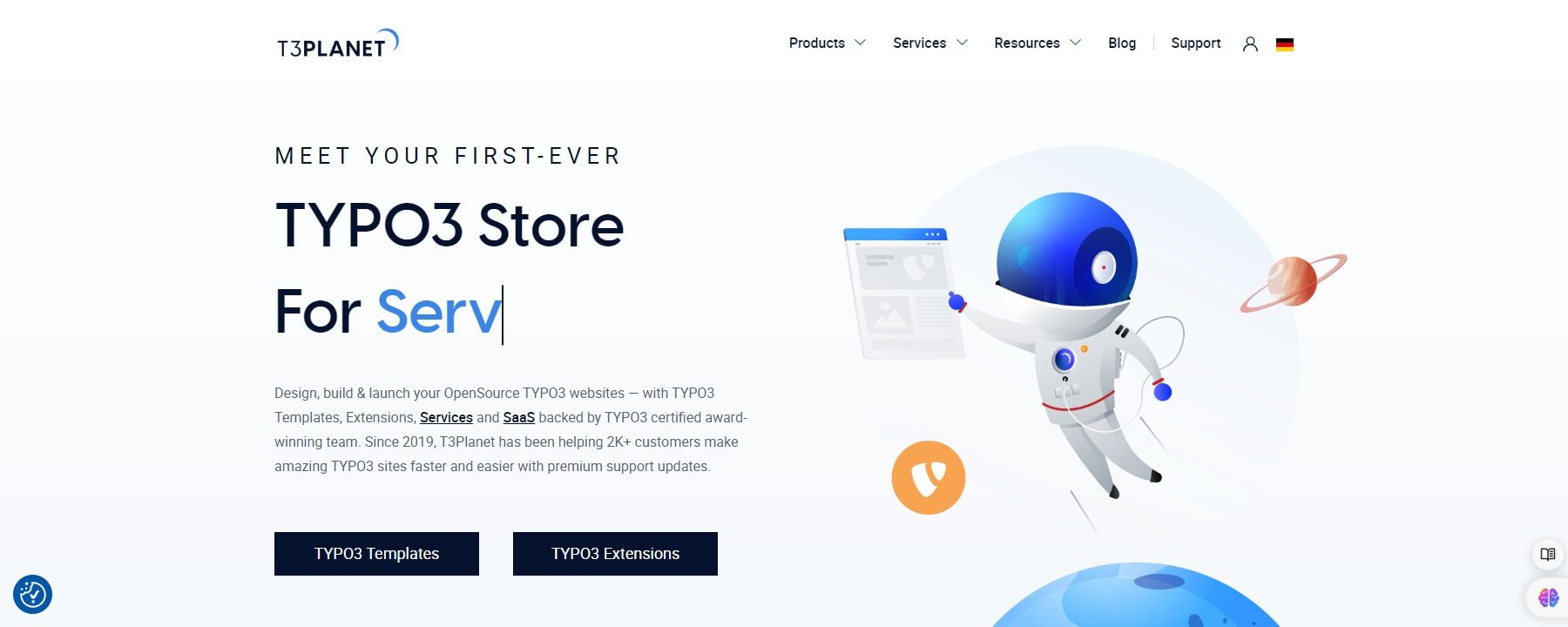
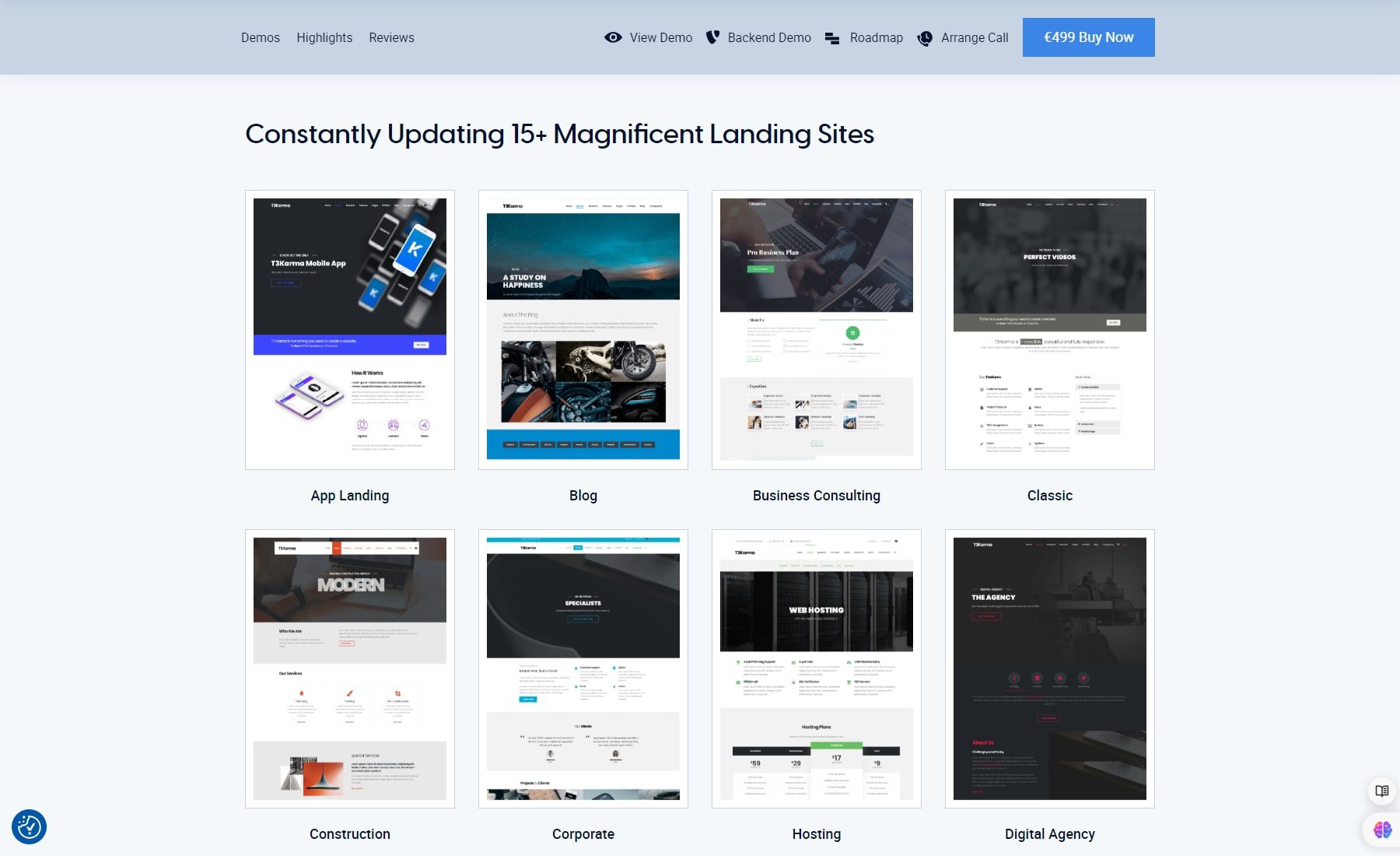
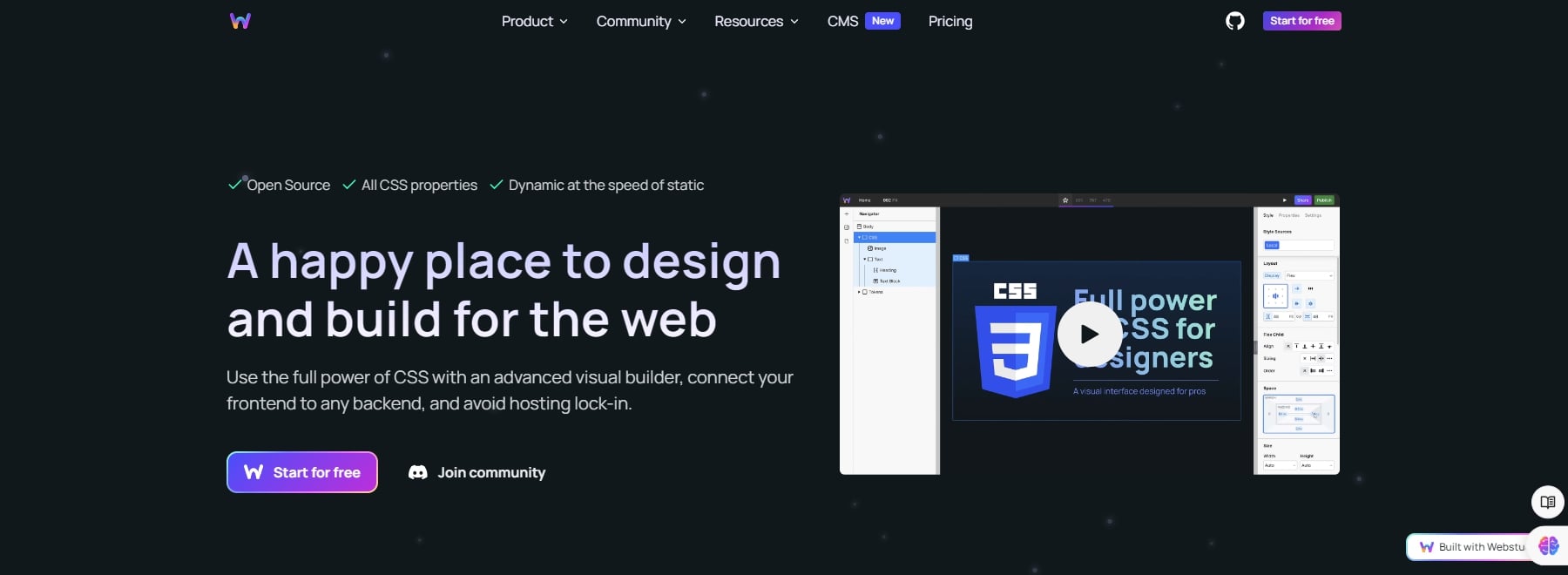
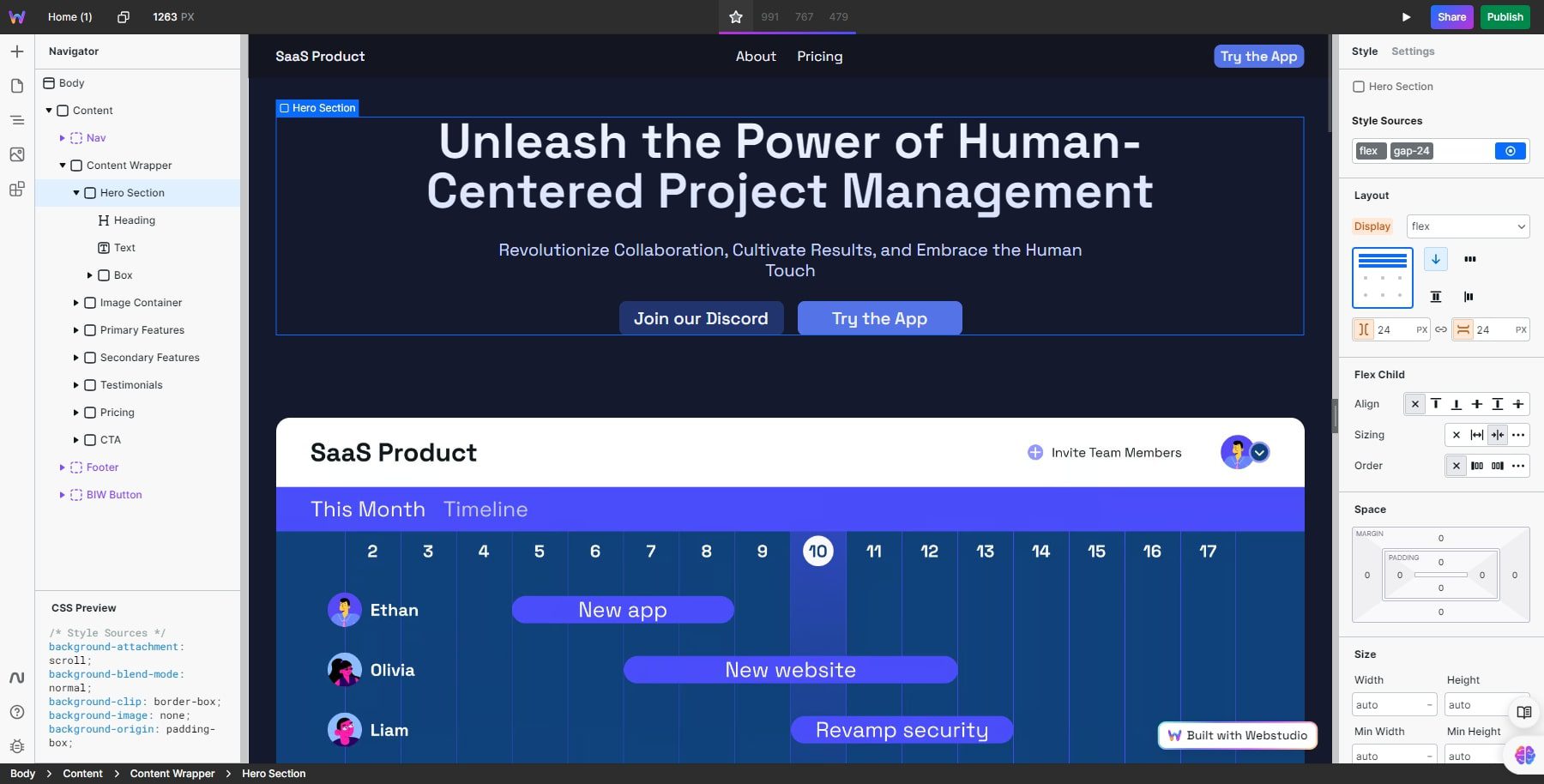





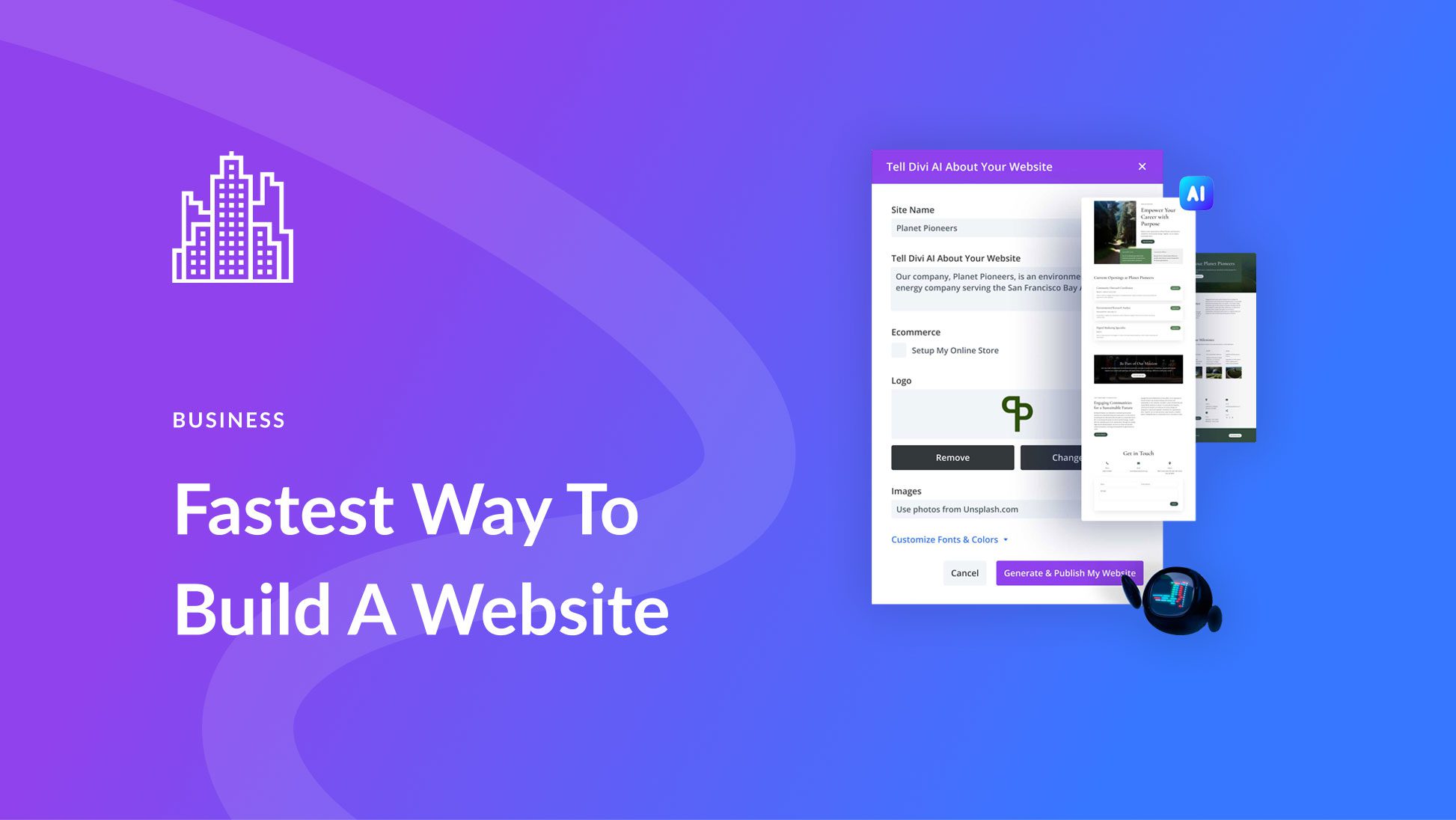
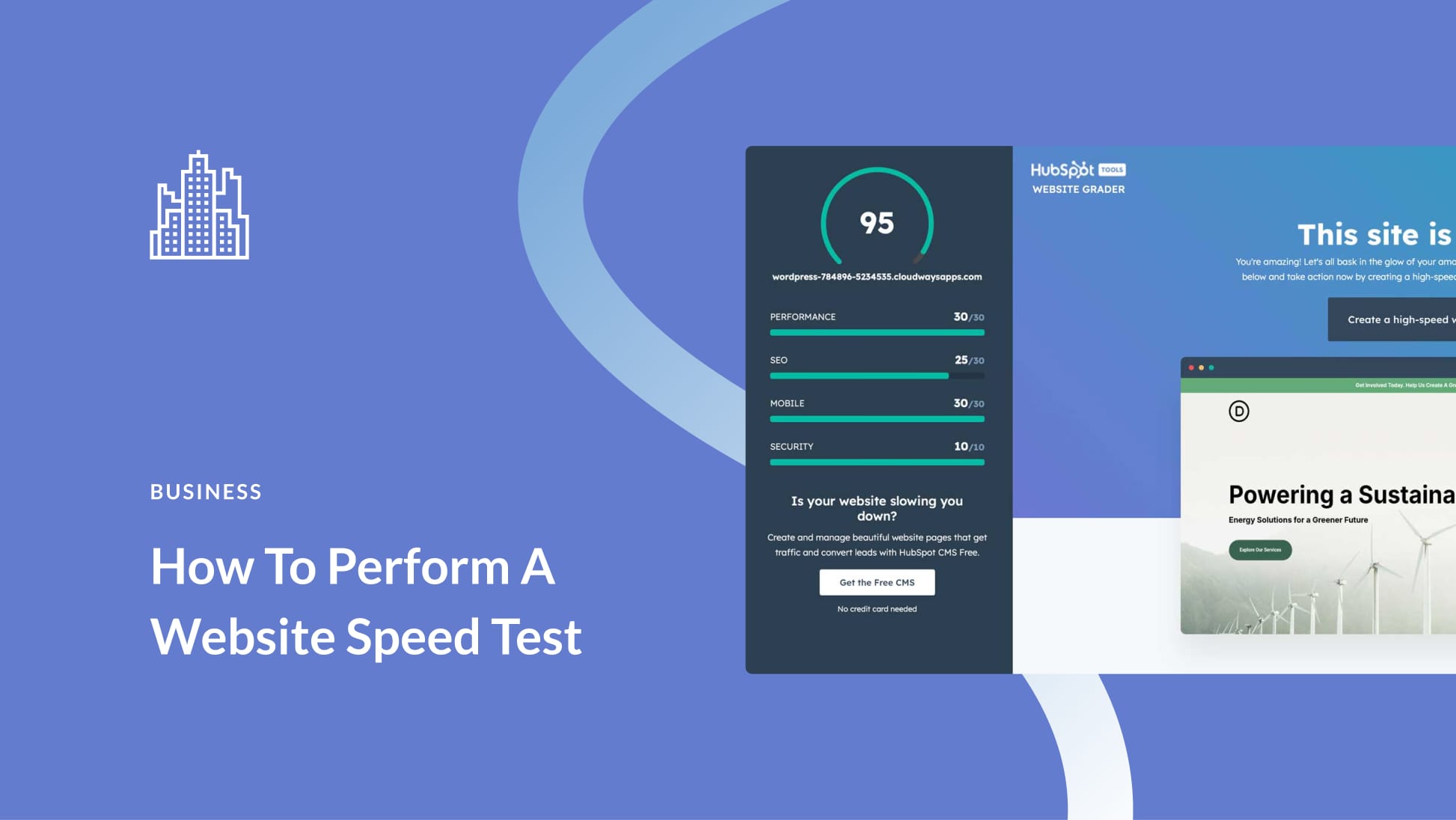
Seems inadequate research done before publishing?
Drupal has been around for so many years and used by many well known brands. How is that not in the list?